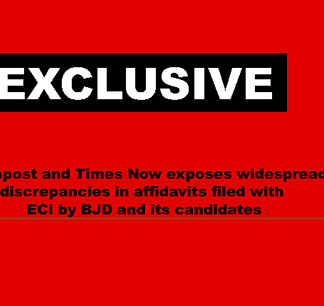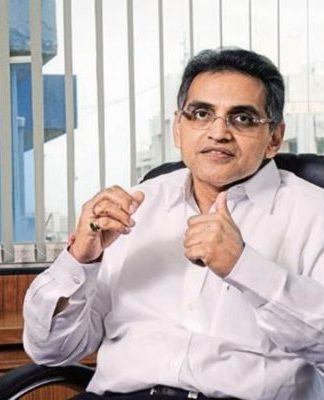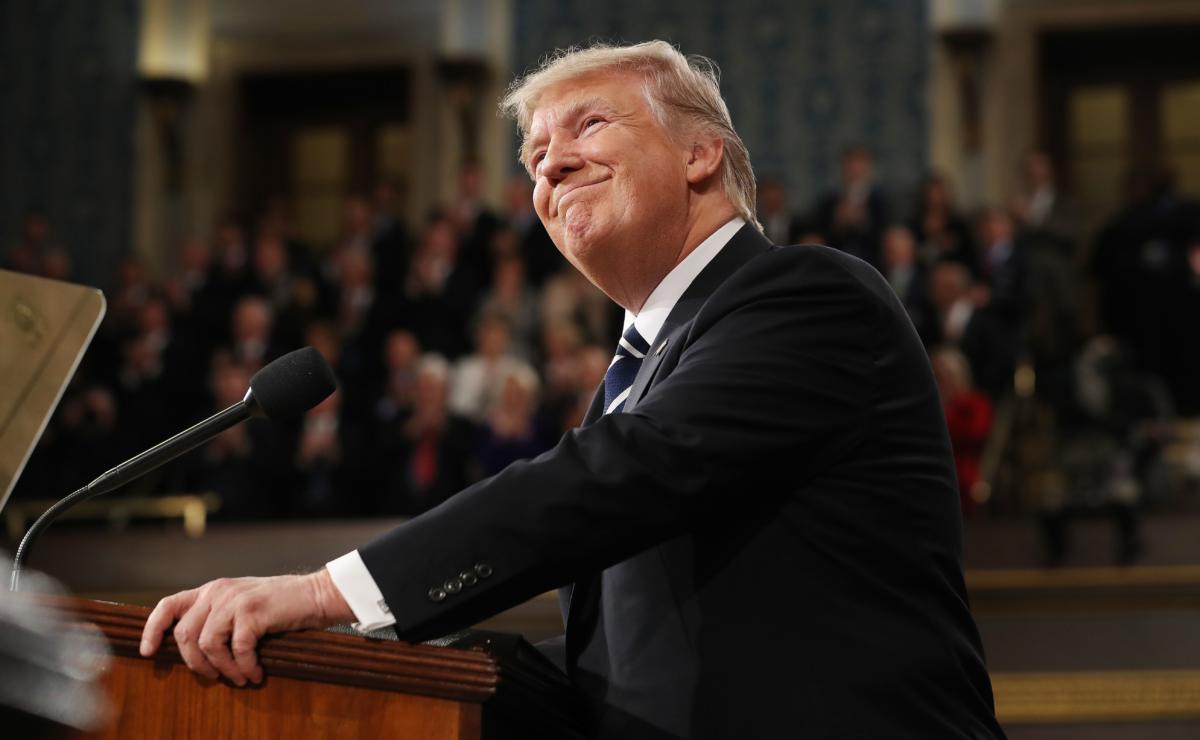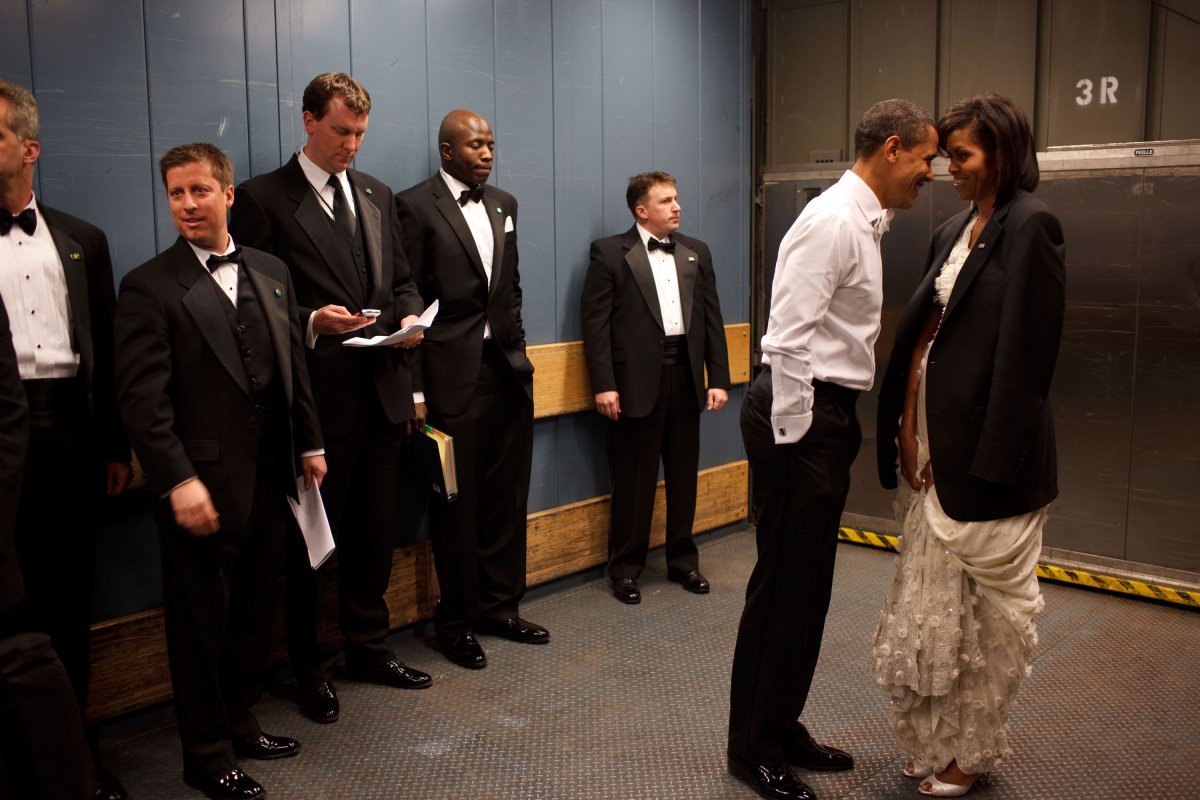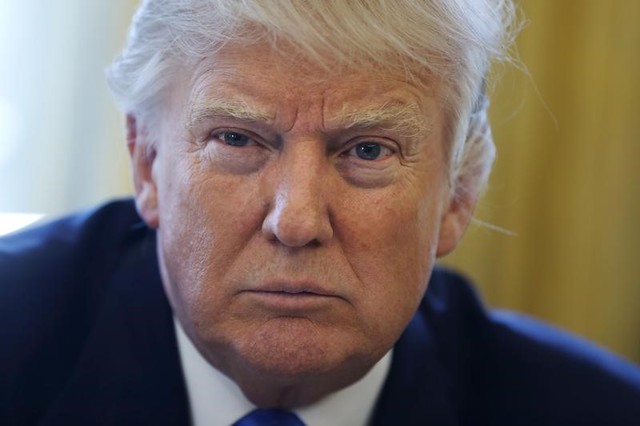Bank of India, Case 1: S. Kumar, Senior Branch Manager, South Delhi
This is a manager who believes in meticulous planning. Efficient in dealings that involve black money, the banker does his homework well.
The Cobrapost walks into the cabin of S. Kumar, Senior Branch Manager, and reveals his intention to invest a big amount on behalf of a minister.
“Kitna hai? kitna bada hai (How much is it? How big is the amount)?” asks Kumar.
We say we have Rs. 1 crore at the moment and another tranch of Rs. 5–7 crore is expected next month.
No FDs, we say, because we don’t want TDS. We tell him that the investment is to be made in three names.
Kumar says he has a scheme that can accept one-time investments of up to Rs. 1 crore. The bonus is its life cover, of 10 times the premium amount. Kumar likes the idea of three investees.
Would the money be invested directly, or will it be touted through accounts?
“Pehele account khol ke… aayega paisa… (First we will open the account then we will bring in the money).”
We need to clarify if the returns would be in white.
The answer, expectedly, is: “…Bilkul… (Absolutely).” And returns will also be tax-free, under sections 80C and 10D.
What can be done to adjust the next (and bigger) batch of black money? Could we get lockers to stash the cash?
The manager is more than willing. “Locker toh khair mil jayega… locker ki koi dikkat nahi hai… (You will get the lockers. There is no problem in that).”
We mention that we want big lockers.
The scale of the transaction pushes the branch manager to plan ahead. He turns his attention to the logistics of transporting the cash. He asks, “Toh fir waha se jo paisa jama karana hai woh kaise layenge … matlab cash me hi rahega cheque se nahi aayega… abhi kitna pada hoga (How will we bring the cash to be deposited from there? All of it is in cash and you will not give any cheques. How much cash is there as of now)?”
We say that either the Branch Manager or he himself could get the cash to the branch.
The planning continues “….main samajh gaya… abhi wohi discuss kar lete hai taaki aap bata dena… hum teen accounts kholna chahte hai… inme hum kitna jamaa karna chahte hai (I understood. We should discuss now so that you can convey it [to your people]. We want to open three accounts. How much do we want to invest in these accounts)?”
We ask him to advise a method that does not attract the income tax authorities. Kumar outlines the plans to divide the money and decides on the quantum of investment. He asks, “…
One time me dena hai to aap 1 crore tak de sakte hai aap teen account me (If you want to give it at once, can you spare up to Rs. 1 crore to invest in these three accounts)?”
We are okay with it.
Kumar continues: “Ek crore ko 25-25 lakh me ya 30-30 lakh me convert karke woh kara denga (We will split Rs. 1 crore into smaller amounts of Rs. 25 or Rs. 30 lakh for investment).
That sounds like a good plan. We tell Kumar to use his expertise in a way that the Income Tax people are kept at an arm’s length. The manager assures us on this.
He calculates the maturity amount for different age groups, but stops midway while explaining the provisions for tax exemption and declares, “… Lekin aapko toh tax karna nahi hai…aapne aisa karna hai jisse ki gaadi nikal jaye… (But you are not concerned with tax … you have to do it in such a way so as to make things easier for yourself).”
We have sealed deals on laundering and on cash in lockers. We now turn our attention to taking cash out of the country. It can be done only through accounts, we are told. He promises to find a way and looks forward to the next meeting.
He sums it up: “Main samajh gaya… kahin na kahin usko adjust karna hai… wo kaise karna hai wo dekhna hai, chahe aise chahe kisi aur tarike se… (I have understood. We have to adjust it somewhere. We have to see how to do it…either this way or some other way).” In other words, the banker would make it happen for us by hook or by crook.


















